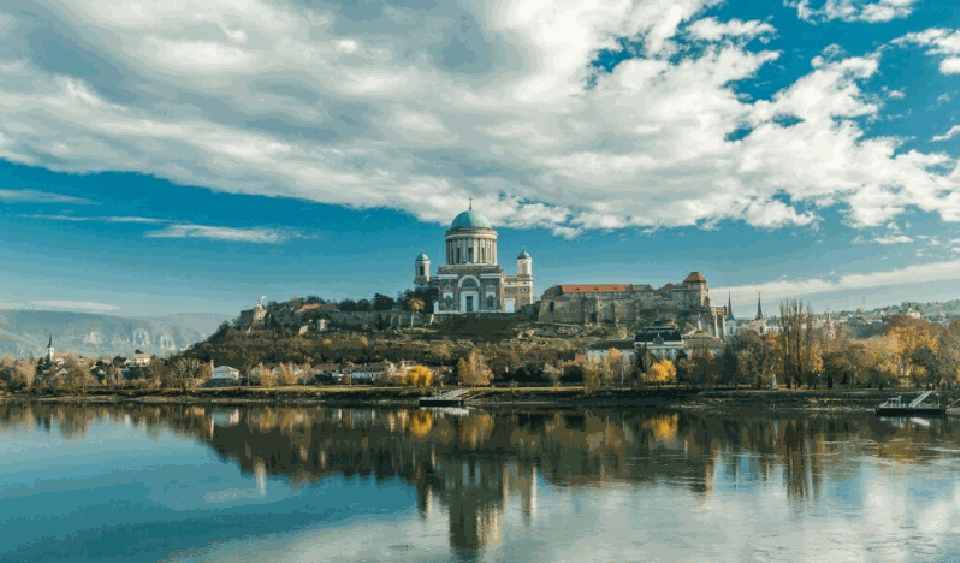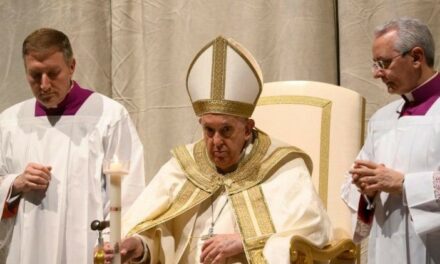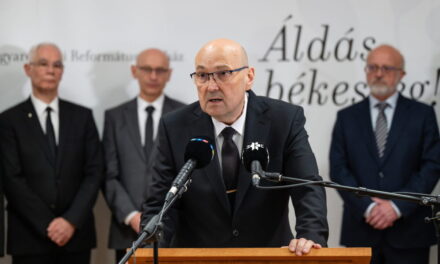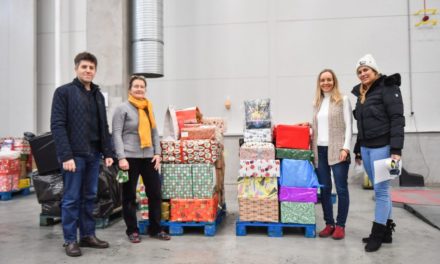The first session of the National Religious Tourism Forum started yesterday in the St. Adalbert Center in Esztergom, where leaders of various denominations and secular experts will discuss the possibilities of developing religious tourism in a two-day event.
Zoltán Fürjes, the Prime Minister's Deputy State Secretary responsible for church and ethnic relations, said that religious tourism, in addition to preserving Hungary's rich sacred built heritage, is a good opportunity to share it, encourage openness and encounters. The deputy state secretary emphasized that it is also significant from a cityscape point of view that the government has supported the renovation of more than 3,000 churches in the past 12 years. In addition, it supported the construction of nearly 200 new churches, and 1,800 churches can be renovated within the framework of the Hungarian church renovation program. During the same period, they contributed to the renovation or construction of more than 1,500 community houses and community spaces. In addition, they facilitated the organization of around 7,000 church community programs in Hungary. In addition, both in the Carpathian Basin and in the diaspora, Zoltán Fürjes added.
Szontágh Szabolcs, secretary general of the National Religious Tourism Council (NVT), religious tourism program director of the Hungarian Tourist Agency (MTÜ), told MTI that the national religious tourism action plan classifies the 4,000 religious treasures in the country into three categories. The "flagships" still have a high attendance rate. Next to them, there are "value enhancers". These are known, but it is necessary to direct people's attention to them. And the third category includes "value additions". The places where travelers have to be "led to".
The five major strategic tasks of the religious tourism plan are promotion at home and abroad and ensuring the basic conditions. In addition, organizing experiences, ensuring organizational conditions and exploiting international events - explained Szontágh Szabolcs. The program director added that they want to create complex experience bouquets for the visitors, where the ecclesiastical and secular sights complement and strengthen each other.
Source: MTI/Vasarnap
Image: Pixabay













